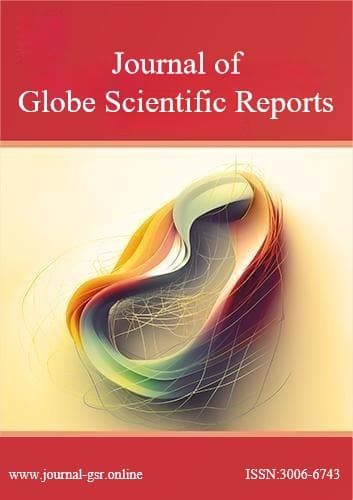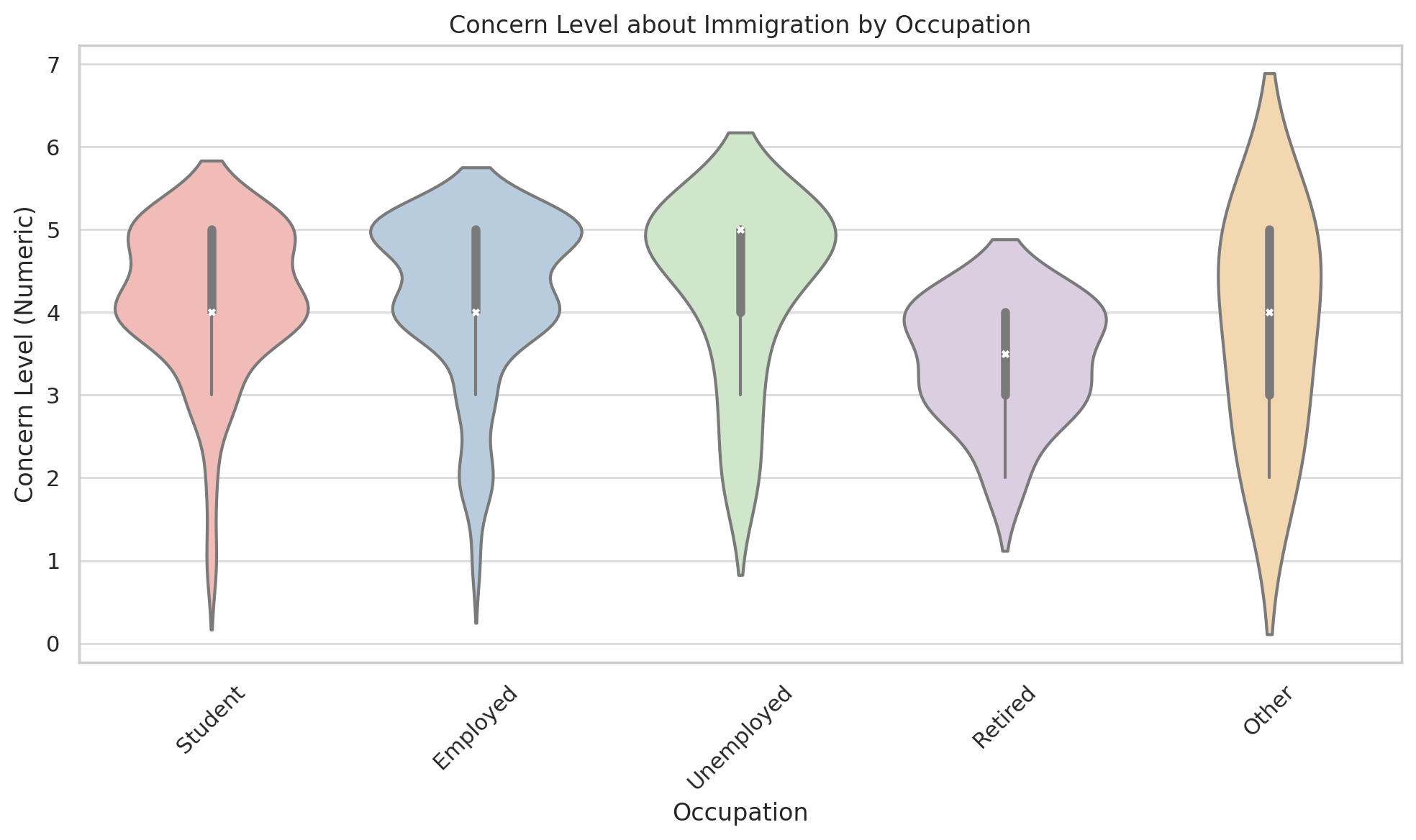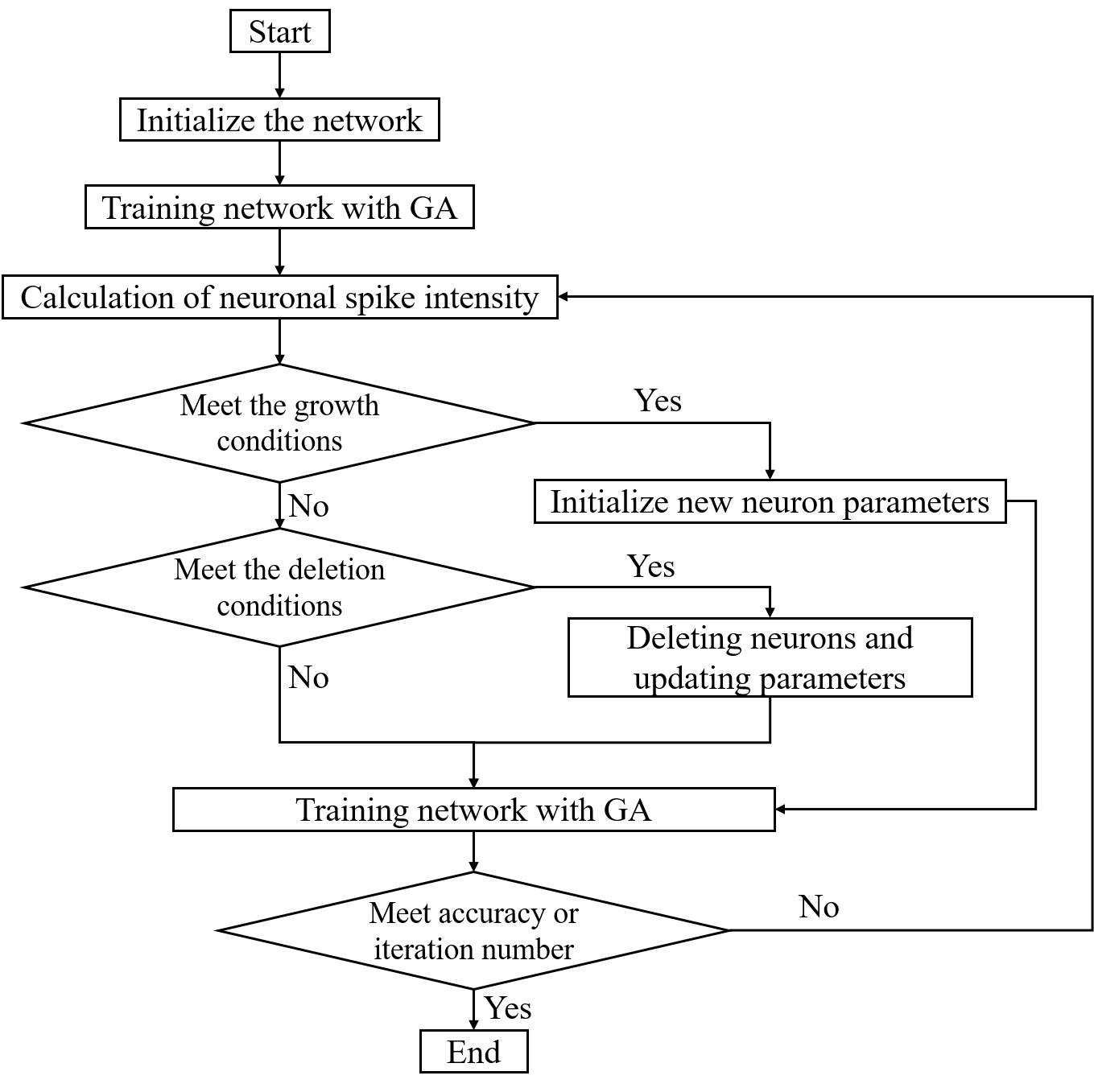 An open access journal
An open access journal
5G Technology and Its Impact on Communication and Connectivity
Abstract
5G technology has ushered in a new era of communication and connectivity, promising faster speeds, lower latency, and widespread connectivity for the Internet of Things (IoT). This paper explores the significance of 5G technology, emphasizing its role in mobile networks, IoT applications, and smart cities. It delves into various aspects, including millimeter-wave frequencies, network slicing, and edge computing. The discussion includes the benefits of 5G technology, such as enhanced mobile experiences, real-time IoT applications, and efficient urban infrastructure. Moreover, the paper addresses the challenges and considerations in deploying 5G networks, including infrastructure requirements and security concerns. Through a review of 5G deployments and use cases, the study highlights the positive outcomes associated with the adoption of 5G technology.
Share and Cite
Article Metrics
References
- Andrews, J. G., Buzzi, S., Choi, W., Hanly, S. V., Lozano, A., Soong, A. C., & Zhang, J. C. (2014). What will 5G be? IEEE Journal on Selected Areas in Communications, 32(6), 1065-1082.
- Bhushan, N., Li, J., Malladi, D., Gilmore, R., Brenner, D., Damnjanovic, A., ... & Wong, V. (2014). Network densification: The dominant theme for wireless evolution into 5G. IEEE Communications Magazine, 52(2), 82-89.
- Chávez-Santiago, R., Szydełko, M., Kliks, A., Foukalas, F., Haddad, Y., Nolan, K. E., ... & Klamka, J. (2015). Cognitive machine-to-machine communications: visions and potentials for the smart grid. IEEE Wireless Communications, 22(5), 140-148.
- Kim, K. J., & Lee, D. H. (2019). 5G NR: architecture, technology, implementation, and operation of 3GPP new radio standards. John Wiley & Sons.
- Zang, X., Wen, X., Li, C., Tian, H., & Wang, H. (2020). Mobile edge computing and caching for 5G and beyond: A survey. IEEE Access, 8, 17544-17565.






